- Car
- Lada (1 offer)
Lada classic cars for sale
Lada stands for robust, straightforward engineering from the Russian manufacturer AvtoVAZ. Classic Lada models such as the 2101, the Niva or the Samara are well known for their practical layouts, rear-wheel and all-wheel drive configurations, and rugged design. Spare parts availability is strong and maintainability is straightforward, making Lada an attractive choice for pragmatic classic car fans.
Search results
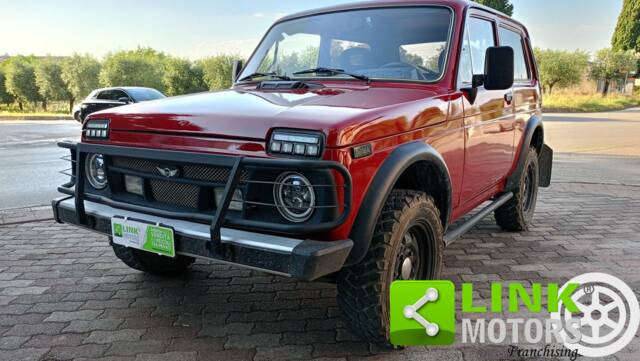
1997 | Lada Niva 4x4
LADA Niva 1.7i cat 79 CV GPL 4X4 ASI
Lada listing references from Classic Trader
Below you will find listings related to your search that are no longer available on Classic Trader. Use this information to gain insight into availability, value trends, and current pricing for a "Lada" to make a more informed purchasing decision.

1988 | Lada 2107
1988 Lada 2107 – Museum-Grade Condition | Only 2,200 km

1984 | Lada 1200 S
Lada 1200 RS Rally Car VAZ 2x 40-Weber 2101
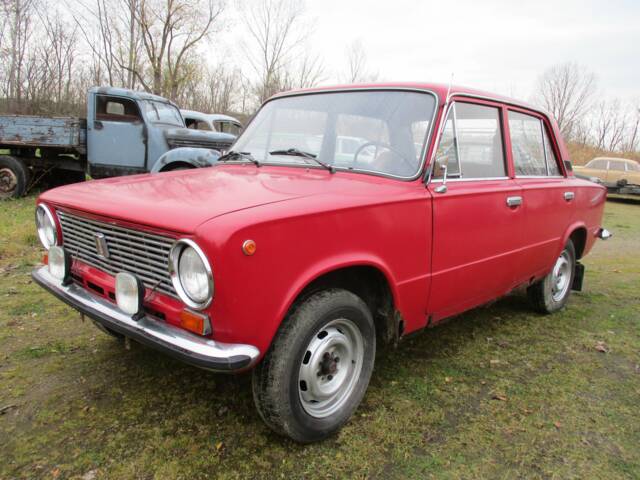
1979 | Lada 1300
Lada 1300/1500/1600 21011
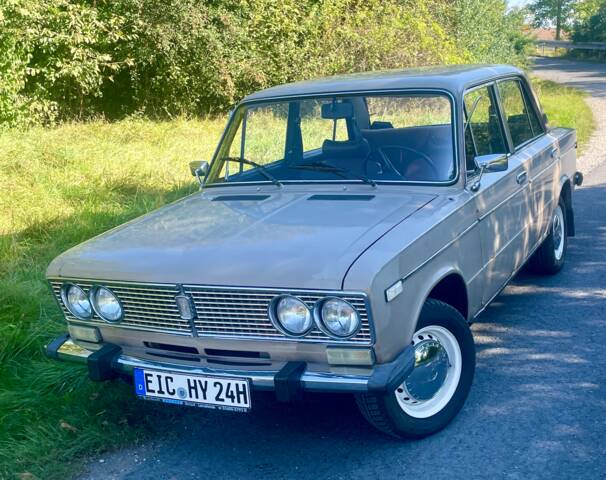
1986 | Lada 1300
Lada 21063 1300sl H-Kennzeichen Tüv neu

1997 | Lada Niva 4x4
LADA Niva 1.7i cat 79 CV GPL 4X4 ASI

1997 | Lada Niva
LADA Niva 1.7i cat 79 CV GPL 4X4 ASI
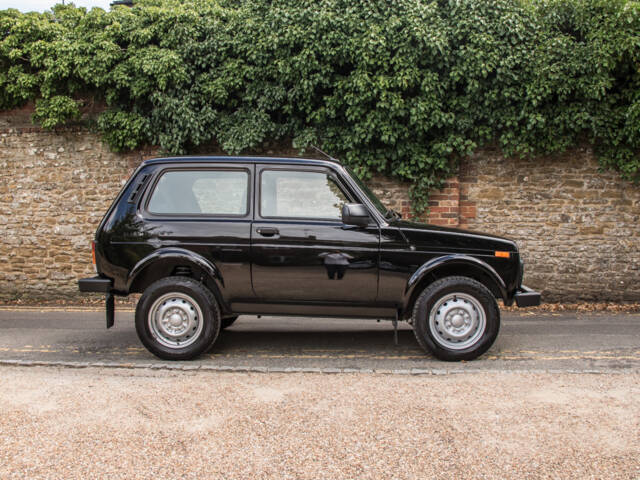
2021 | Lada Niva
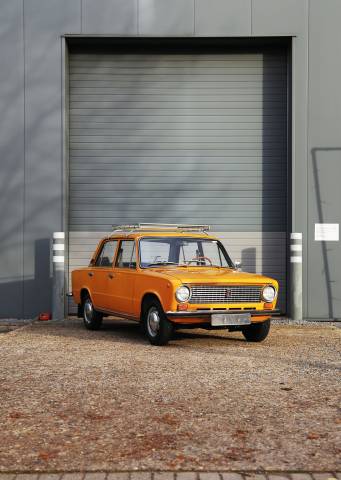
1980 | Lada 1200 S
Fully original
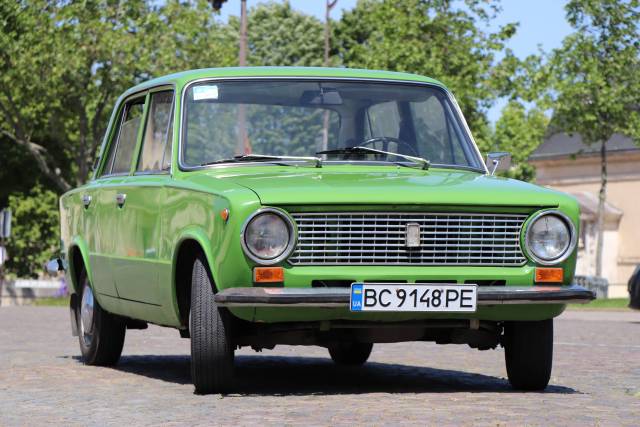
1979 | Lada 1300
Iconic Eastern European stalwart, and offered to benefit a charity as well!
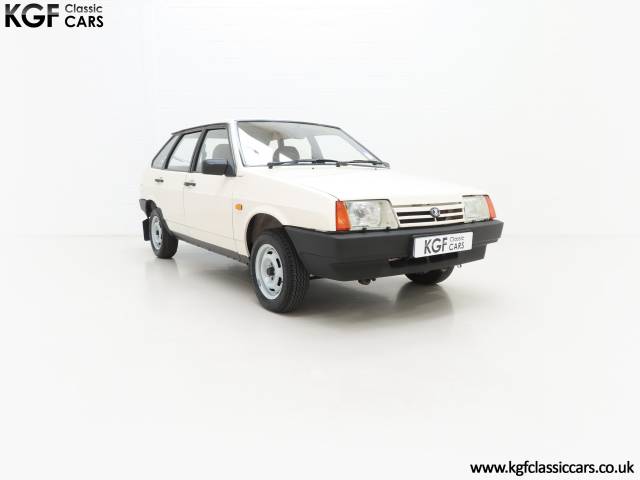
1996 | Lada Samara
An Incredible Lada Samara 1.3S with a Miniscule 366 Miles from New!

1983 | Lada 1500
Riva 2105 VFTS - Rally

1976 | Lada 1500
Lada 1300/1500/1600 2103
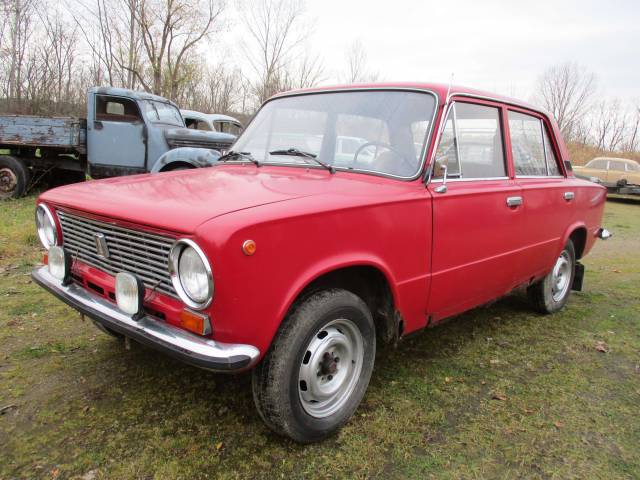
1979 | Lada 1300
Lada 1300/1500/1600 21011

1997 | Lada Niva 4x4
LADA Niva 1.7i cat GPL 4X4
History of Lada
The Lada brand is a product of AvtoVAZ, Russia's leading car manufacturer and the most significant automaker in Eastern Europe. Beginning in 1974, Lada exported vehicles such as estates and the off-road ready 2121—later known as Niva. Early export models built their value proposition around affordability and resilience rather than refinement or advanced technology. Their technical layout—typically featuring drum brakes, no brake booster, and robust, simple mechanicals—allowed them to thrive, especially in the harsher climates and road conditions of Eastern Europe. In East Germany, for instance, Ladas were widely cherished daily drivers due to their reliability and low cost, in stark contrast to their reputation in West Germany, where perceptions were less favourable. One cannot ignore the fact that Lada’s mass-produced, budget-friendly cars played a pivotal role in the motorisation of the Eastern Bloc. The Lada brand’s enduring legacy is closely tied to the Niva and Zhiguli lines, tools of mobility for countless families and professionals. The company's logo, depicting a Volga river sailboat, symbolises its roots and the philosophy of durable, functional transportation.
Model History
Lada’s earliest vehicles, like the VAZ-2101 (the 'Zhiguli'), were heavily based on the Fiat 124, but adapted for Russian driving and climate: thicker steel, fortified suspensions, and simple, maintainable engine designs. Over time, a family of closely related models evolved—2103, 2105, 2106, 2107—offering marginally enhanced comfort and styling yet retaining much of the original layout’s simplicity. The ruggedly capable 2121 Niva, launched in the late 1970s, stood out for its permanent 4x4, compact dimensions, and minimal electronics, qualities still central to its appeal among off-road enthusiasts. The front-wheel-drive Samara broke tradition in the 1980s, sporting a more aerodynamic silhouette and new engineering—most notably, overhead cam engines and 5-speed manual gearboxes, with development input from Porsche. Across all generations, Lada’s focus has always been mass market usability, low running costs, and high mechanical durability, resulting in decades of production with only minor modifications.
Highlights and Special Features
Classic Ladas are distinguished by their straightforward, robust engineering: thick steel bodywork, rear-wheel drive (except for front-driven Samara and 4x4 Niva), and a mechanical simplicity that fosters reliability and stress-free DIY maintenance. Interiors are spacious with practical layouts, often spartan but functional. Comfort features such as heating, reclining seats, and large luggage spaces were standard, while higher trim levels added touches like wood trim, oil pressure gauges, or rev counters. Unique among retro cars, Ladas often feature extensive chrome accents and minimalist instrumentation. Motorsport and rally versions (VFTS, tuned Nivas) showcase reinforced chassis, roll cages, and enhanced suspension. According to supply statistics, the most commonly listed Lada model is the VAZ-2121 (Niva), accounting for 44.2% of classic Lada listings. The VAZ-2101 (Zhiguli/1200) follows with an 18.6% share. In terms of demand, the Niva again leads, receiving 26.2% of viewings, with the 1200 and 2105 ranking next. This signals consistently high interest for both the rugged Niva and traditional sedans.
Technical Data
Special Editions and Collectible Models
A number of Lada models have reached cult status due to particular variants. The Niva has inspired limited edition 4x4s tailored for rally raids or extreme conditions, especially in Soviet and post-Soviet motorsport spheres. The Riva and Samara series occasionally included export-specific trim levels (e.g., wooden dashboards, upgraded upholstery, or power accessories). The VFTS rally versions, developed for competition, stand out for dramatic suspension, reinforced chassis, and racing equipment. Right-hand drive models for the British market and LPG-converted examples are also occasional collector curiosities.
Engine, Performance, Transmission & Handling
Lada engines prioritise mechanical simplicity over peak performance: most are robust, low-compression petrol units well suited to poor fuel quality. The standard 1.2 litre produces around 60 bhp, while 1.3, 1.5 and motorsport versions provide up to 130+ bhp. Transmission is typically via durable 4- or 5-speed manual gearboxes, driving the rear axle (front on Samara; all four on Niva). Suspension is soft and tolerant of bad roads, favouring comfort and durability—qualities crucial in their home market. The Niva’s permanent four-wheel drive makes it a sought-after classic off-roader, while the Samara’s lighter front-drive dynamics give it agility and improved fuel economy. Ladas have seen extensive rally and motorsport use, with appropriate modifications such as reinforced suspension, roll cages and upgraded brakes. - Niva (VAZ-2121): 44.2% of supply, 26.2% of page views. Renowned for 4x4 prowess and simplicity.
- 1200/2101: 18.6% of supply, 20.8% of page views. Traditional sedan, practical, easy to maintain.
- VAZ 2105/2107: Together reach significant grassroots popularity for practical everyday use and rally conversion potential.
Interior, Comfort, Exterior & Design
Lada classics embrace a distinctly angular, utilitarian exterior defined by broad chrome bumpers, straight lines and thick steel panels. Chromed details (grilles, badges, trim) feature prominently, especially on earlier models. Interiors focus on space and practicality: bench or bucket seats, spartan dashboards, and durable plastics. Optional luxury features in higher trims included wood-effect decals, oil pressure and rev counter gauges, and fabric upgrades. Luggage space is generous, with saloon, estate, and (rarely) cabriolet bodies. The Niva stands out for its increased ground clearance, minimalistic electronics, washable rubber flooring and VAZ-trademarked four-wheel-drive badges. Factory toolkits, fold-down rear seats and large boot openings are typical practical features. Later Samara models brought in more aerodynamic bodies, higher-quality plastics, and—occasionally—electric windows or central locking.
Other Noteworthy Features
Lada’s historic mission was to deliver robust, affordable mobility to the masses under Soviet conditions, and this is reflected in the models’ lasting popularity among pragmatic drivers and collectors. An extensive international export history means spare parts remain available even decades after production. Enthusiasts appreciate their honest engineering, straightforward mechanics and the strong aftermarket support for repairs and restoration. The design, while simple, has come to symbolise a whole era of Eastern European daily life.
Summary
Classic Ladas deliver no-nonsense engineering, pragmatic comfort, and robust build quality. Most models are mechanically simple, easy to service, and retain their practical appeal even decades after production. Collector demand focuses on both traditional sedans and the off-road specialist Niva, while rarer rally or special editions offer further interest for specialists. Their continued availability, low cost of ownership, and iconic Soviet-era styling ensure they remain a staple on both classic car and utilitarian vehicle markets.
